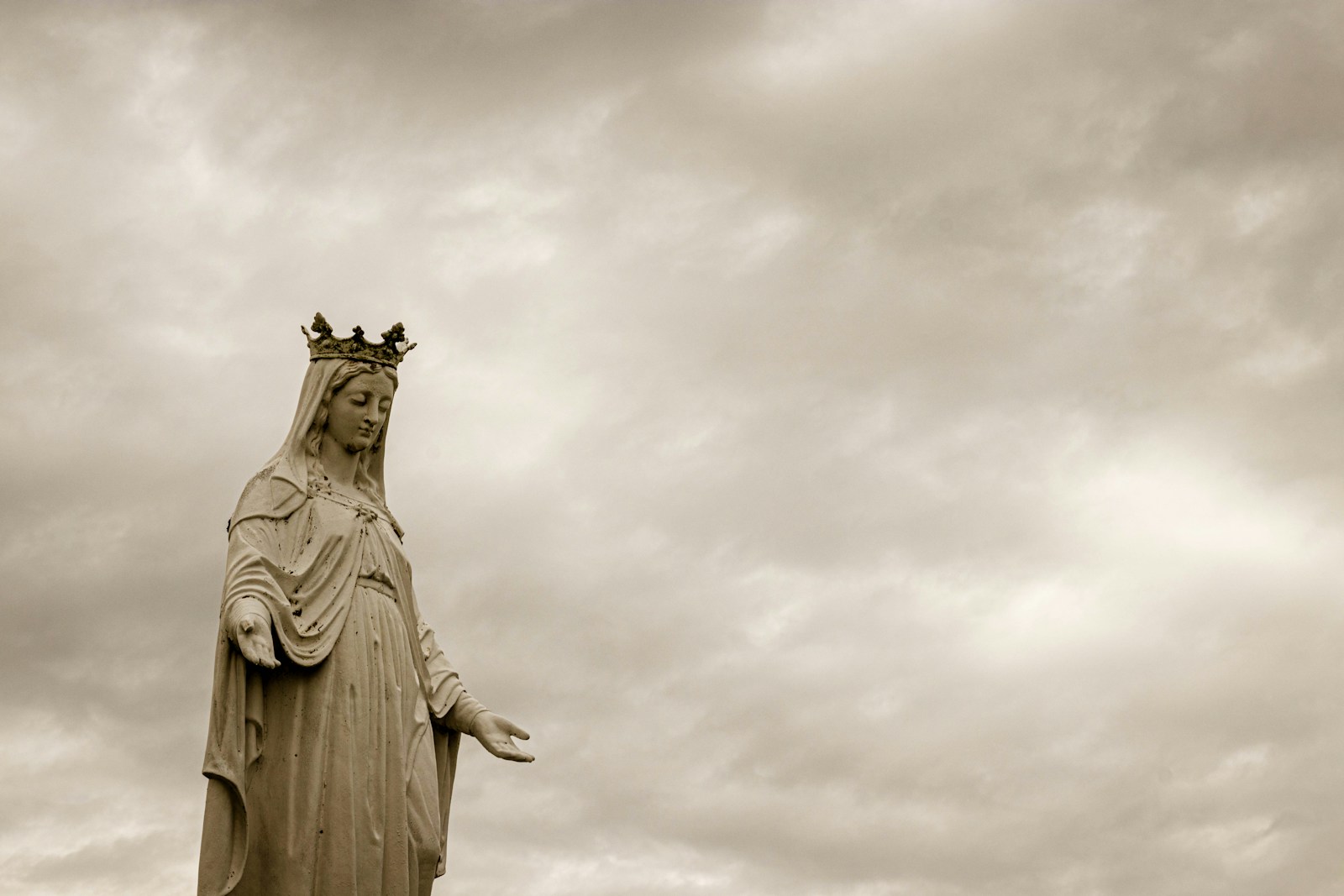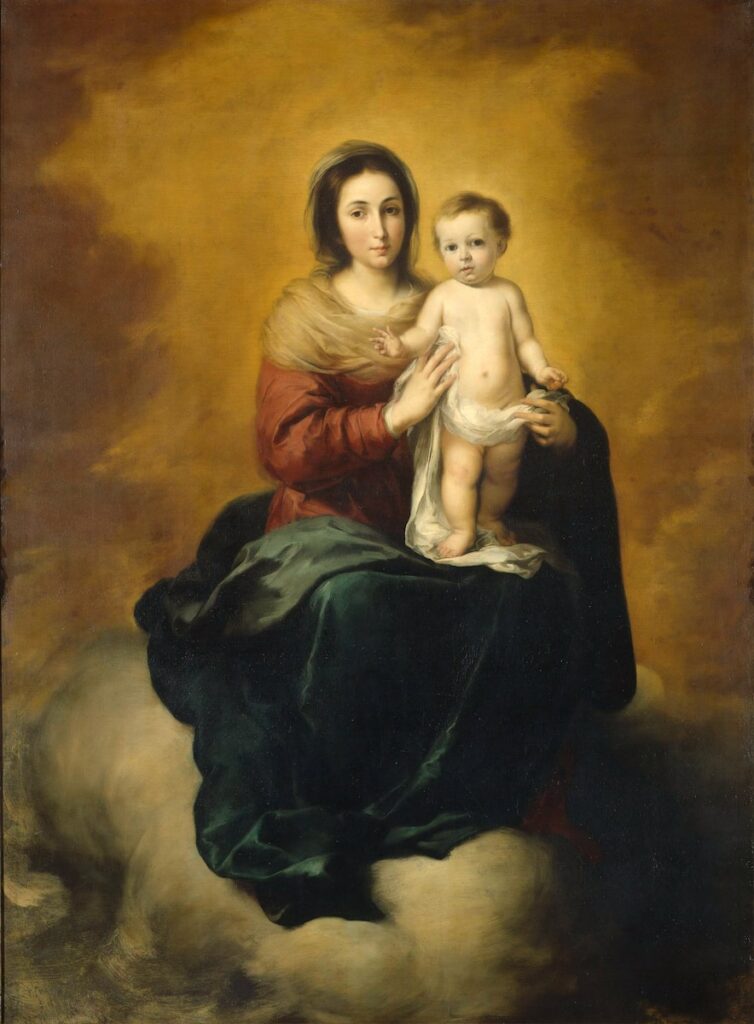
Mary, a figure of profound significance across millennia, stands as a central, revered personality whose narrative weaves through the spiritual fabric of humanity. From ancient texts to contemporary devotion, her story has been interpreted, celebrated, and debated in myriad ways, reflecting the rich tapestry of human faith. This journey through diverse perspectives aims to illuminate the multifaceted understanding of Mary, the mother of Jesus, as seen through the eyes of different religions and denominations.
Our exploration will delve into the nuanced theological positions, historical developments, and devotional practices that shape her image across the globe. We will uncover how Mary, often referred to as the Blessed Virgin, holds a unique place in Christian traditions, yet also garners respect and discussion in faiths beyond Christianity. Prepare to embark on an insightful expedition into the heart of Marian devotion and doctrine.
The sheer diversity in perspectives on Mary is striking. While some Christian traditions have deeply embedded Marian customs and theological frameworks, others approach her role with a more reserved stance. This initial section focuses on the rich and varied Christian landscape, from the intricate devotion of Catholicism to the distinct theological understandings within Protestantism, providing a foundational insight into her pivotal role in faith.
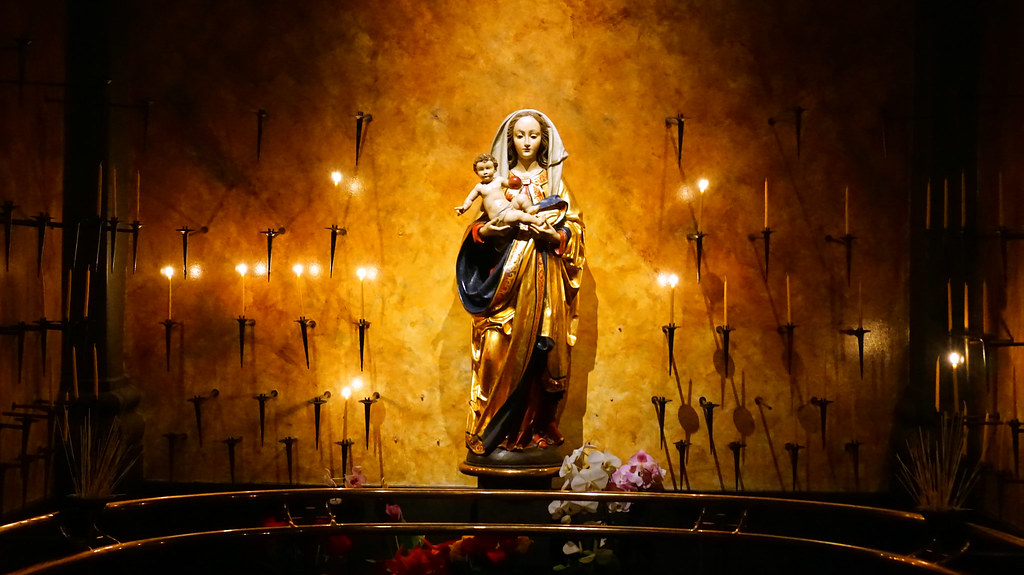
1. **Christian Marian Perspectives (General)**: Christian Marian perspectives encompass a vast spectrum of beliefs and practices, demonstrating a great deal of diversity across denominations. This broad range highlights how different Christian groups interpret and relate to the figure of the Virgin Mary, often shaping their theological identity and devotional life. While some traditions, notably Catholic and Eastern Orthodox, have deeply established Marian traditions, Protestants at large tend to pay scant attention to Mariological themes.
Nevertheless, certain core Christian groups, including Catholics, Eastern Orthodox, Oriental Orthodox, Lutherans, and Anglicans, actively venerate the Virgin Mary. This veneration often manifests as prayer for intercession with her Son, Jesus Christ, expressing a belief in her powerful intermediary role. Beyond prayer, adherents compose poems and songs in her honor, create icons or statues depicting her image, and bestow upon her various titles that reflect her esteemed position among the saints. These practices underscore a shared reverence for Mary, even amidst theological differences.
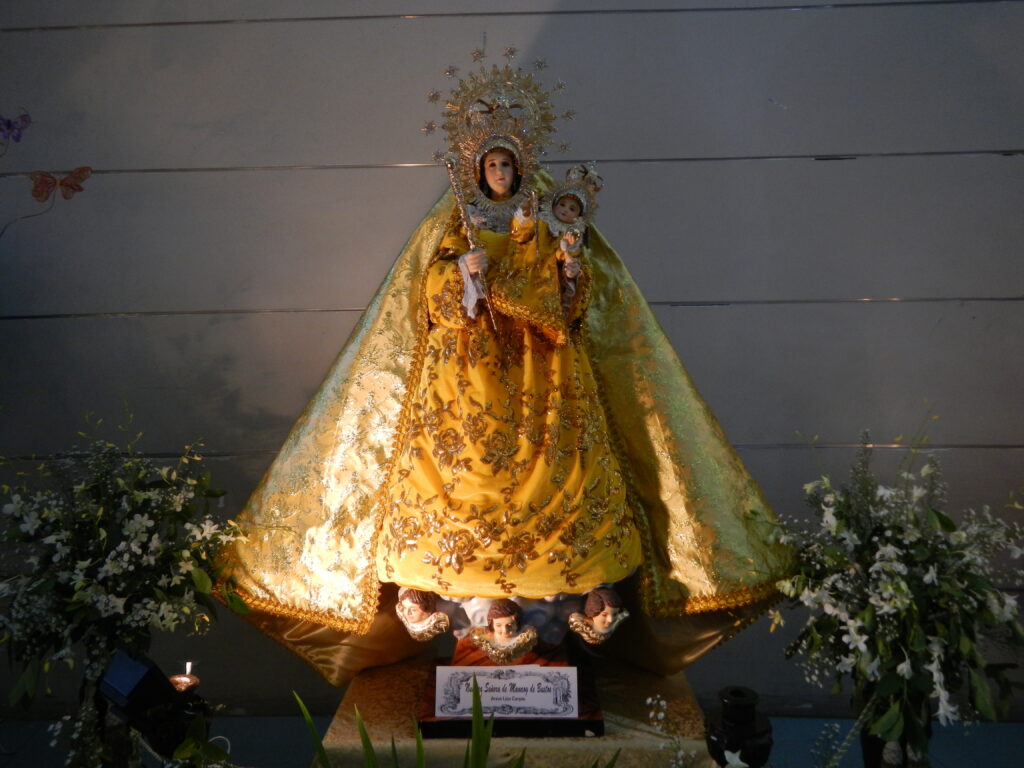
2. **Catholic Mariology**: In the Catholic Church, the Blessed Virgin Mary, as the mother of Jesus, occupies a role more central to teachings and beliefs than in any other major Christian group. Roman Catholics not only possess a greater number of theological doctrines and teachings related to Mary but also observe more feasts, prayers, and specific devotional and venerative practices dedicated to her. The Catechism of the Catholic Church emphatically states that “The Church’s devotion to the Blessed Virgin is intrinsic to Christian worship,” highlighting her indispensable position within Catholic spirituality.
Catholics bestow upon Mary the title “Blessed” (beata, μακάρια, makaria) in recognition of her Assumption to Heaven and her perceived capacity to intercede for those who pray to her. It is crucial to understand that Catholic teachings explicitly clarify that Mary is not considered divine, and prayers directed to her are understood to be answered by God through her intercession, rather than by Mary herself. This distinction underscores the foundational belief that all worship is ultimately directed towards God, with Mary serving as a powerful conduit of grace.
For centuries, Catholics have performed acts of consecration and entrustment to Mary at personal, societal, and regional levels, often directed to the Virgin herself, her Immaculate Heart, or the Immaculate Conception. Catholic teachings clarify that consecration to Mary does not diminish or substitute the love of God, but enhances it, as all such devotion is ultimately made to God. Major Marian devotions, like the Seven Sorrows of Mary, Rosary, and Miraculous Medal, are central, with May and October traditionally observed as “Marian months” for intensified devotion.
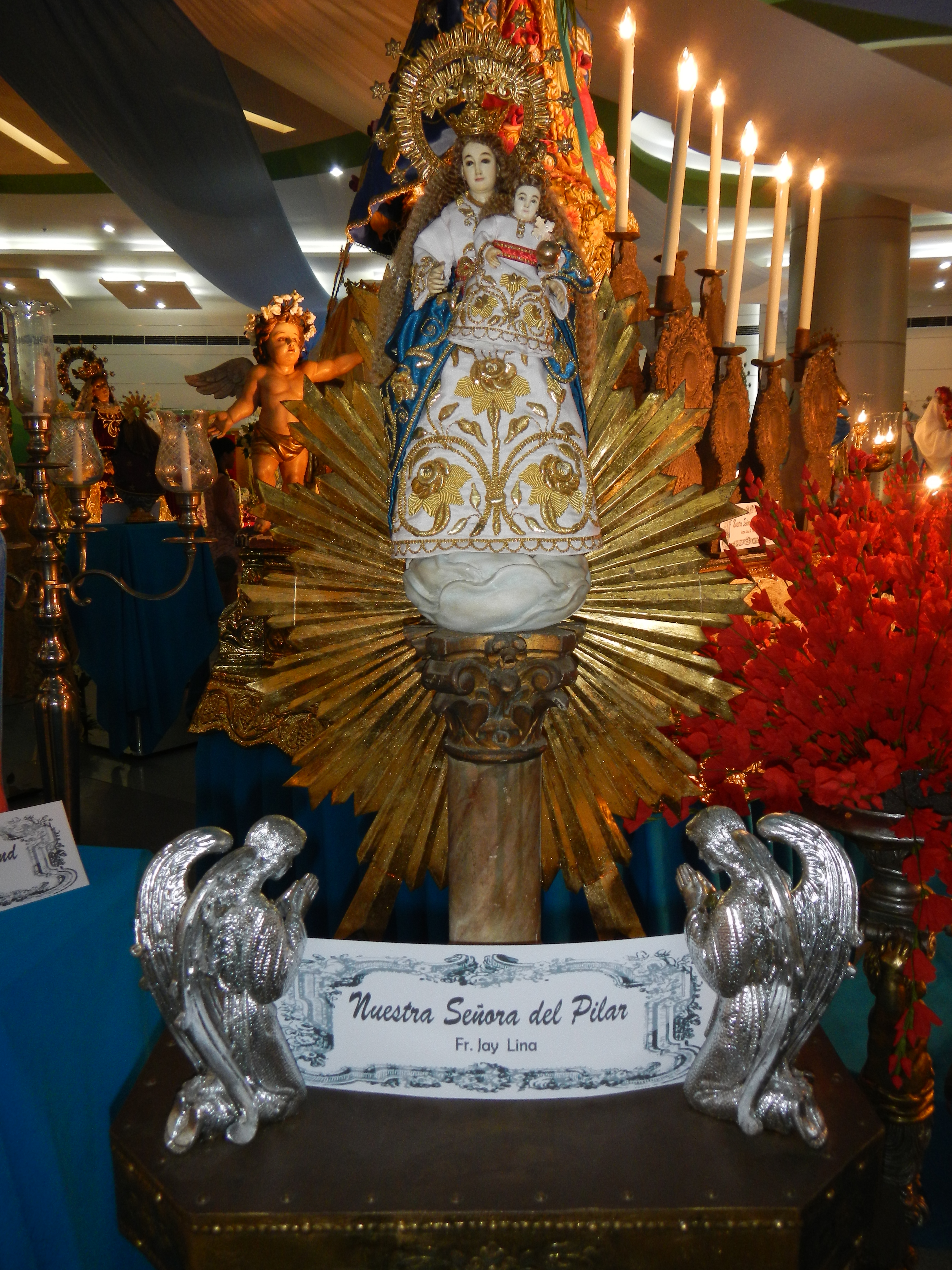
3. **Major Catholic Marian Doctrines**: Within Catholic tradition, four specific dogmas define Mary’s unique status and role: her designation as Theotokos, or Mother of God; her perpetual virginity; the Immaculate Conception; and her bodily Assumption into Heaven. These doctrines represent cornerstones of Catholic Mariology, shaping both theological understanding and popular devotion. The title “Mother of God” (Theotokos) was officially confirmed by the First Council of Ephesus in 431 AD, acknowledging Mary as the mother of Jesus, who is simultaneously fully God and fully man.
The doctrine of the Immaculate Conception, proclaimed ex cathedra by Pope Pius IX in 1854, asserts that Mary was conceived without original sin, filled with grace from the very moment of her conception. This belief holds that she was preserved from any stain of ancestral sin. Furthermore, the Perpetual Virginity of Mary affirms her real and perpetual virginity, even during and after the act of giving birth to the Son of God made Man, with the term “Ever-Virgin” (ἀειπάρθενος) applied to her.
Finally, the doctrine of the Assumption of Mary, dogmatically defined in 1950 by Pope Pius XII, posits that Mary was taken bodily into heaven either at or before her death. While a reference to Mary’s death is made in the defining document, whether she actually died is not dogmatically defined. These four dogmas highlight the profound reverence and unique theological position Mary holds within the Roman Catholic Church, distinguishing its Mariology from other Christian traditions.
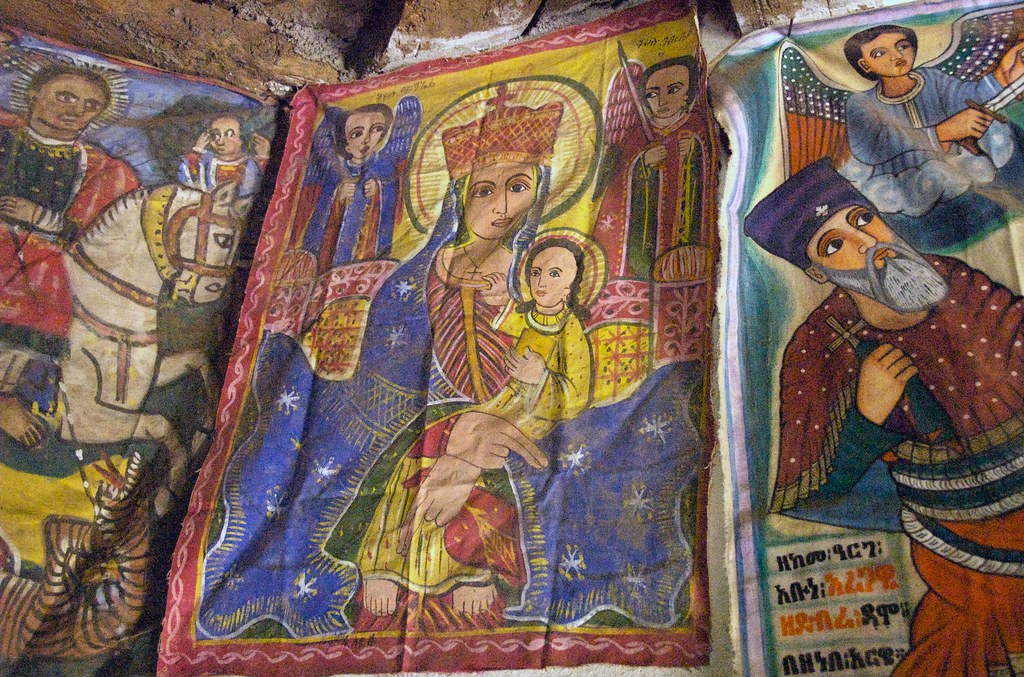
4. **Eastern Orthodox Mariology**: Eastern Orthodox Christianity embraces a rich tapestry of traditions concerning the Ever-Virgin Mary, whom they refer to as the Theotokos, or “God-bearer.” Orthodox believers firmly hold that she was and remained a virgin both before and after the birth of Christ, emphasizing her unique purity. The Theotokia, which are hymns specifically dedicated to the Theotokos, form an integral part of the Divine Services within the Eastern Church, occupying a highly prominent position within the liturgical sequence, second only to Christ himself.
Five of the twelve Great Feasts in Orthodoxy are dedicated to Mary, underscoring her immense importance in their liturgical calendar. The Sunday of Orthodoxy explicitly connects the Virgin Mary’s identity as Mother of God with the veneration of icons, signifying her role in the Incarnation. Furthermore, a number of Orthodox feasts are directly linked to the miraculous icons of the Theotokos, showcasing a deep cultural and spiritual connection. While viewing Mary as “superior to all created beings,” the Orthodox do not consider her divine, and notably, they celebrate the Dormition of the Theotokos, commemorating her “falling asleep” or natural death, rather than the Assumption as defined in the West.
5. **Protestant Views on Mary**: Protestants generally differ significantly from Catholics and Orthodox Christians in their approach to Marian veneration, largely rejecting the invocation and veneration of saints. While they share the fundamental belief that Mary is the mother of Jesus and is “blessed among women,” as stated in Luke 1:42, most Protestants do not agree that Mary herself is to be venerated. Instead, she is often regarded as an outstanding example of a life dedicated to God, serving as a model of faith rather than an object of direct devotion.
Consequently, Protestants tend not to accept certain specific church doctrines concerning Mary, such as her being preserved from sin, which directly contrasts with the Catholic dogma of the Immaculate Conception. Theologian Karl Barth famously articulated this divergence, suggesting that “the heresy of the Catholic Church is its Mariology,” reflecting a strong historical critique of Marian veneration from a Protestant perspective. This stance underscores a theological emphasis on Christ alone as the sole mediator between God and humanity.
Despite later divergences, early Protestant reformers like Martin Luther initially held a high regard for Mary. Luther himself wrote that “Mary is full of grace, proclaimed to be entirely without sin. God’s grace fills her with everything good and makes her devoid of all evil.” John Calvin also remarked that “It cannot be denied that God in choosing and destining Mary to be the Mother of his Son, granted her the highest honor.” However, Calvin, unlike Luther, firmly rejected the notion that Mary could intercede between Christ and man. Following the Council of Trent in the 16th century, and as Marian veneration became more strongly associated with Catholicism, Protestant interest in Mary generally decreased, reaching a low point during the Age of Enlightenment.
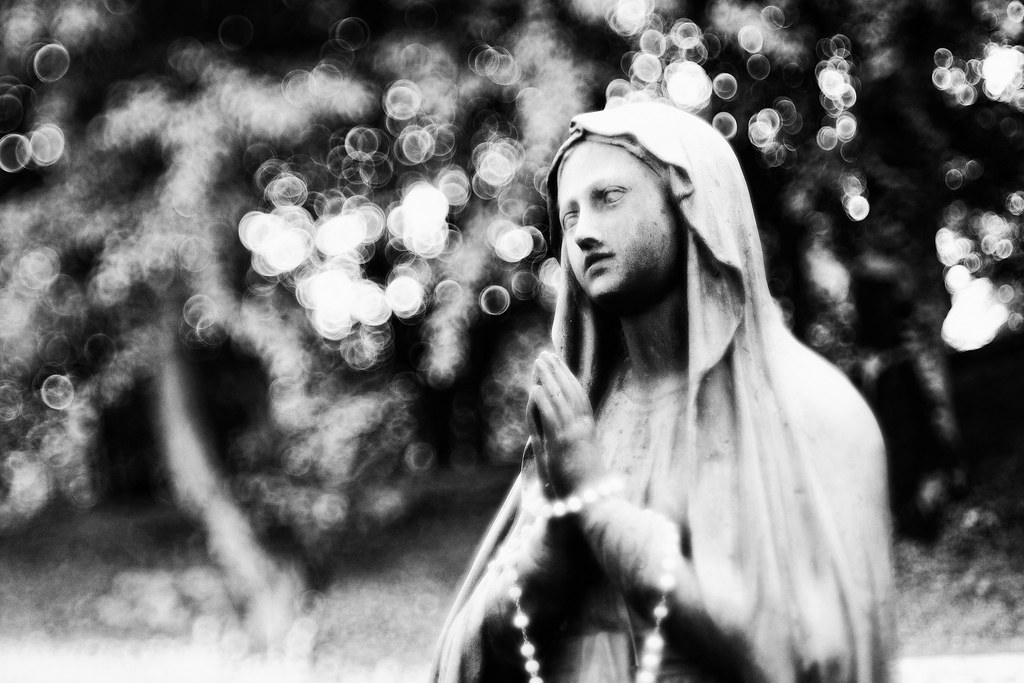
6. **Lutheran Mariology**: Evangelical-Lutheranism formally regards Mary as the Blessed Virgin Mary, a designation codified in their foundational text, the Formula of Concord. This reverence is also evident in the celebration of several Marian feast days within Evangelical-Lutheran Churches, including the Feast of the Annunciation of the Blessed Virgin Mary, the Feast of the Purification of the Blessed Virgin Mary, and the Visitation of the Blessed Virgin Mary. These observances reflect a historical continuity with earlier Christian traditions, albeit with distinct theological interpretations.
The Formula of Concord and the Smalcald Articles, central to Lutheran theology, uphold three key Marian dogmas: the virgin birth of Jesus, Mary’s status as Theotokos (Mother of God), and her perpetual virginity. The Apology of the Augsburg Confession further teaches that “blessed Mary prays for the Church,” suggesting a form of intercessory role, though different from the direct invocation practiced by Catholics. Martin Luther himself, throughout his early career, adhered to these Marian decrees and dogmas of the church, maintaining the belief in Mary as a perpetual virgin and Mother of God.
However, Luther’s views on Marian devotion evolved, particularly regarding the practice of “religious service given to another creature.” While revering Mary, he critically distinguished between high admiration for God’s grace exemplified in a human being and what he considered idolatry in directly appealing to Mary or other departed saints for intercession. His final thoughts, preserved in a sermon, cautioned against elevating Mary to a position that might overshadow Christ’s unique role as the sole mediator. This nuanced stance highlights the internal theological debates within Protestantism concerning Mary’s place.
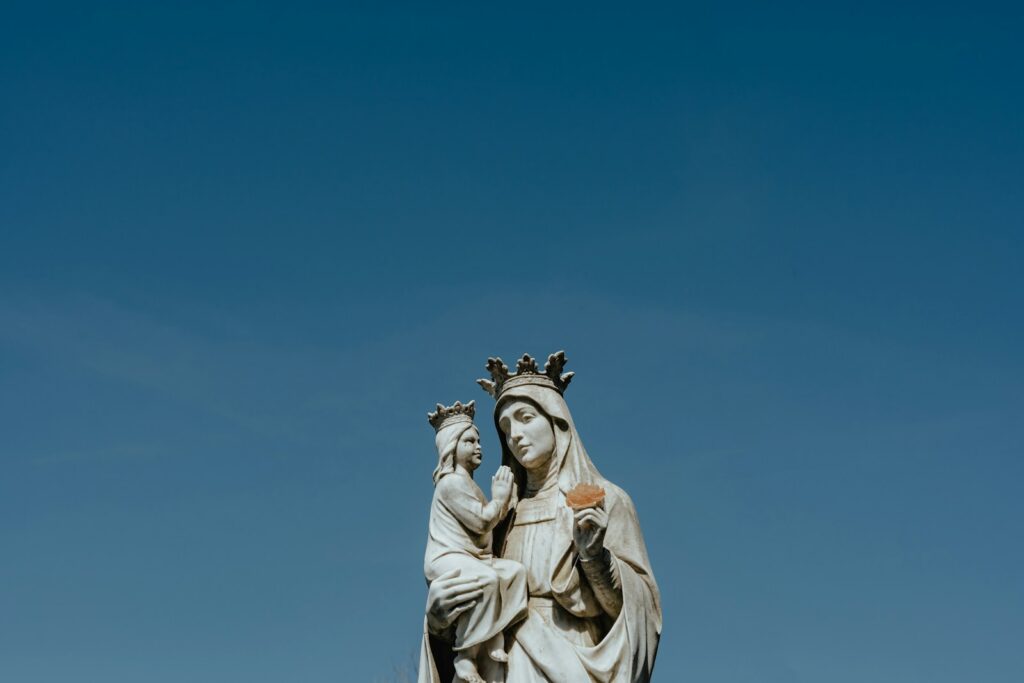
7. **Anglican Marian Theology**: The diverse churches within the Anglican Communion and the Continuing Anglican movement hold varied views on Marian doctrines and venerative practices. This theological spectrum arises from the Anglican self-understanding as being both “Catholic” and “Reformed,” leading to a wide range of approaches to Mary. Despite this diversity, most member churches affirm in the historic creeds that Jesus was born of the Virgin Mary, and they celebrate feast days such as the Presentation of Christ in the Temple (often called the Purification of the Blessed Virgin Mary) and the Annunciation of our Lord to the Blessed Virgin.
Other Marian feast days observed by Anglicans include the Visitation of the Blessed Virgin, the Feast of St. Mary the Virgin (observed on the traditional day of the Assumption), and the Nativity of the Blessed Virgin. The Conception of the Blessed Virgin Mary is also recognized, and in certain Anglo-Catholic parishes, this feast is referred to as the Immaculate Conception. While Anglo-Catholics often believe in the Assumption of Mary as a pious opinion, moderate Anglicans tend to view it similarly, whereas Reformed Anglicans typically reject the celebration of these latter feasts entirely.
The extent of prayers and venerative practices within Anglicanism also varies significantly. Following the Oxford Movement in the 19th century, Anglo-Catholics frequently engage in practices reminiscent of Catholic traditions, such as praying the Rosary, the Angelus, and various litanies and anthems to Mary. Conversely, low church Anglicans rarely invoke the Blessed Virgin directly, except perhaps in certain hymns. This wide range of practices reflects the inherent “broad church” nature of Anglicanism, allowing for both Catholic-leaning reverence and more reformed, less Marian-focused approaches. Historically, some common ground has emerged, leading to ecumenical dialogues with Roman Catholics on Marian issues, seeking a shared understanding.
Further broadening our understanding, this section examines the unique viewpoints of non-Trinitarian Christians, Jewish, Islamic, Druze, and Baháʼí Faith traditions concerning Mary. It also delves into historical biblical scholarship and ancient polemics surrounding her figure, offering a complete mosaic of global interpretations and challenges to her narrative, ensuring a truly comprehensive look at one of history’s most compelling figures.
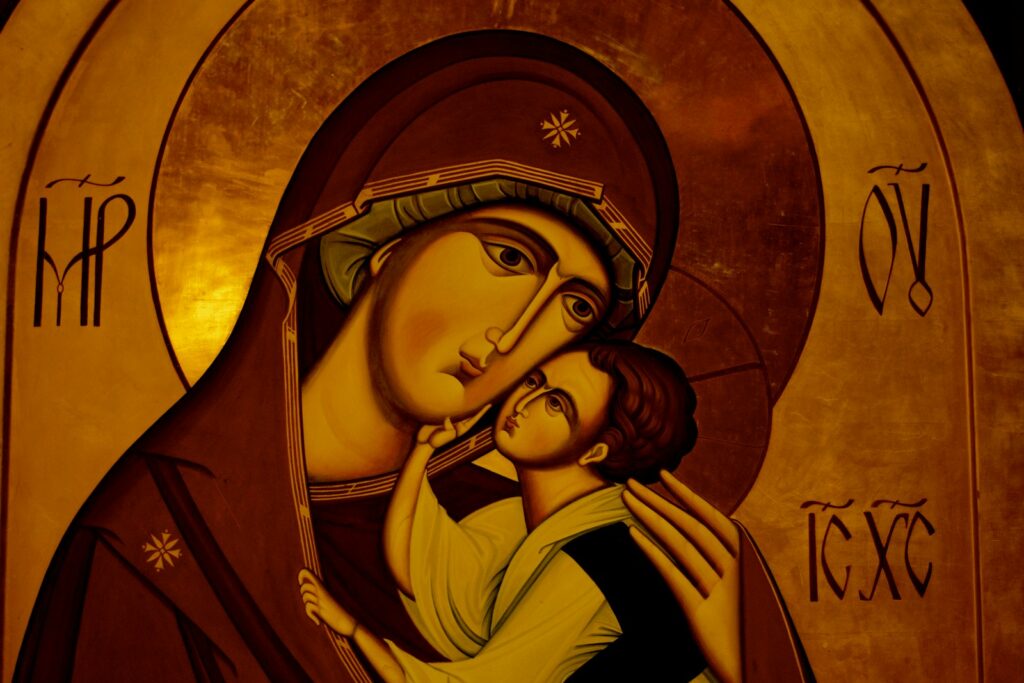
8. **Methodist Views on Mary**: Methodist denominations generally adhere to Scripture and the ecumenical Creeds when considering the Virgin Mary, maintaining a distinct theological posture compared to Catholic and Orthodox traditions. They largely accept the doctrine of the virgin birth, a foundational belief in Christian theology, acknowledging Mary’s unique role as the mother of Jesus through divine intervention. However, consistent with their emphasis on salvation by grace through faith alone, Methodists typically do not accept the Immaculate Conception, which asserts Mary was conceived without original sin.
John Wesley, Methodism’s principal founder, believed Mary “continued a pure and unspotted virgin,” a stance that aligns with the perpetual virginity doctrine. Contemporary Methodism often maintains Mary was a virgin before, during, and immediately after Christ’s birth. While not a universal dogma, some adherents consider the Assumption a pious opinion, reflecting openness to traditional beliefs about her heavenly glorification and passage.
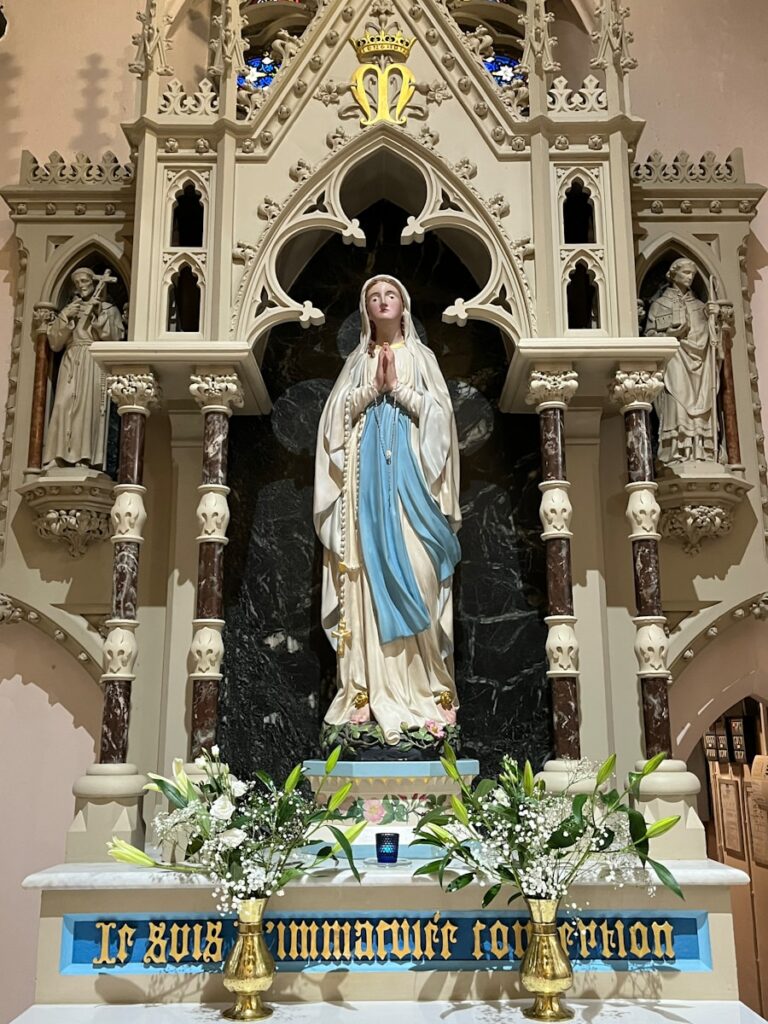
9. **Nontrinitarian Perspectives**: Nontrinitarian Christians, encompassing groups like Unitarians, Christadelphians, Jehovah’s Witnesses, and Latter Day Saints, acknowledge Mary as Jesus’s biological mother. However, their interpretations significantly diverge from Trinitarian orthodoxies, as most reject Marian doctrines such as the Immaculate Conception and titles like “Mother of God.” This stance stems from their fundamental rejection of the Trinity doctrine itself, which profoundly shapes their understanding of Jesus’s nature and, consequently, Mary’s specific role.
The Latter Day Saint movement, for example, affirms Jesus’s virgin birth and his divinity, though as a separate being from God the Father. Their sacred texts, like the Book of Mormon, refer to Mary with profound reverence, describing her as “most beautiful and fair above all other virgins” and a “precious and chosen vessel.” Furthermore, within Christian mortalist groups, Mary is not viewed as an intercessor, as saints are believed to be “asleep” awaiting resurrection, thereby dictating a direct relationship with God without mediation.
10. **Jewish Perspectives on Mary**: Jewish literature, particularly the Talmud, addresses Jesus’s parentage, though it does not explicitly mention Mary by name. Importantly, these ancient texts often adopt a considerate rather than solely polemic stance, reflecting complex historical and theological interactions between early Jewish and Christian communities. The nuances within these discussions offer a glimpse into how Jesus and his origins were perceived from a Jewish standpoint.
One narrative, the story about Panthera, found in the *Toledot Yeshu*, a medieval text, significantly shaped popular Jewish perceptions of Mary. Despite lacking historical evidence and likely being a distortion of *parthenos* (virgin), its widespread circulation imparted a negative image of Mary to ordinary Jewish readers. Historically, stacks of Talmud copies were notoriously burned after the 1240 Disputation due to allegations of containing material defaming Mary’s character, highlighting the sensitivity and historical impact of these divergent narratives.
Our journey through these varied perspectives reveals the enduring power of Mary’s figure across cultures and centuries. From profound reverence in Islam and the Baháʼí Faith to the nuanced theological debates in diverse Christian traditions and the critical inquiries of biblical scholarship and ancient polemics, Mary remains a pivotal and endlessly fascinating figure. Her story is not merely one of religious dogma but a testament to humanity’s ongoing quest for understanding the divine, the human, and the sacred connections that bind them.

